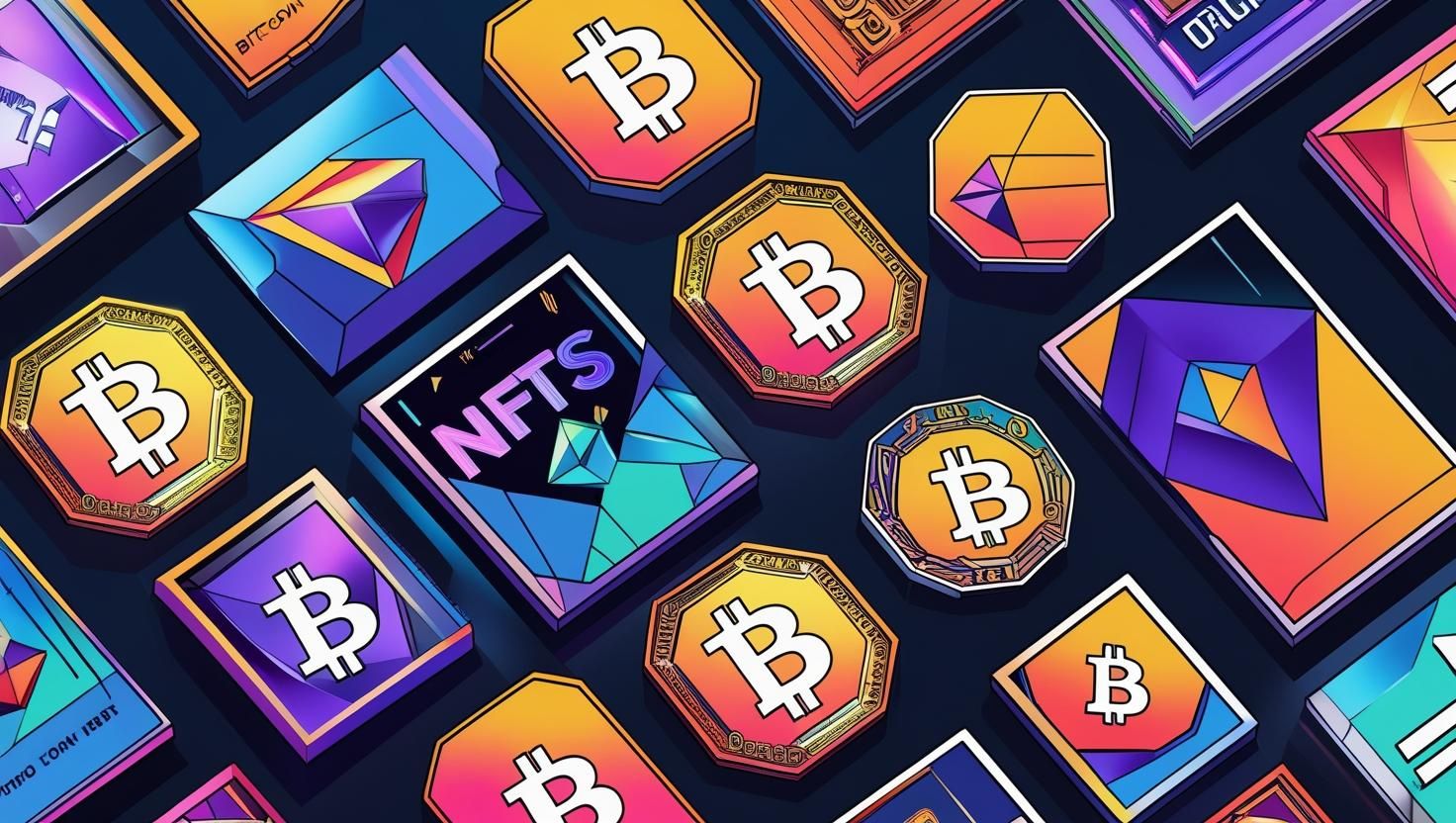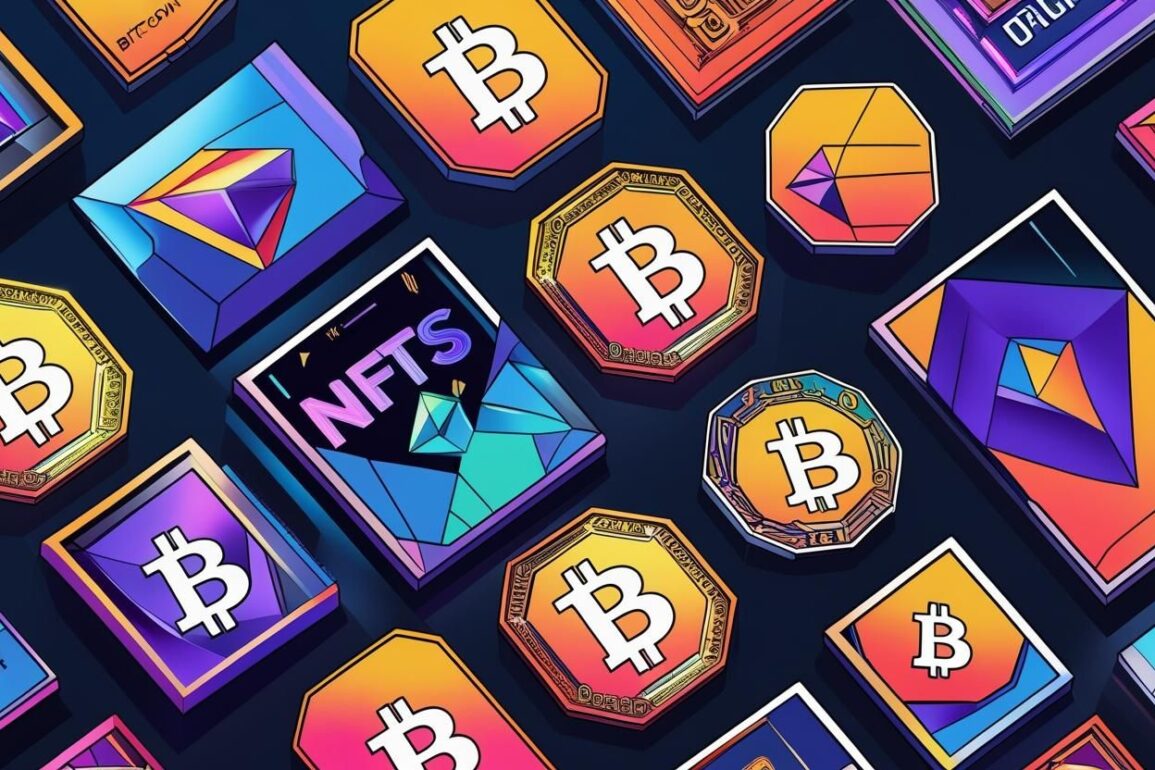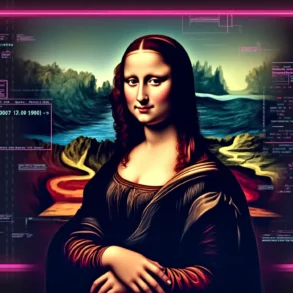
Bitcoin Ordinals are a new way to create unique digital items, like digital art or collectibles, directly on the Bitcoin blockchain. Unlike traditional Bitcoin transactions that focus on sending money, Ordinals let people attach special data to Bitcoin’s smallest unit, called a satoshi. This process, called “inscribing,” turns satoshis into one-of-a-kind digital assets, similar to NFTs (non-fungible tokens). In this article, we’ll explain Bitcoin Ordinals in simple terms, how they differ from Ethereum-based NFTs, and why using Bitcoin for this is significant.
What Are Bitcoin Ordinals?
Bitcoin Ordinals are digital assets created by adding unique data, like images, text, or videos, to individual satoshis. A satoshi is the smallest piece of a Bitcoin, where 1 Bitcoin equals 100 million satoshis. The Ordinals protocol, launched in January 2023 by Casey Rodarmor, gives each satoshi a unique number, making it traceable. By “inscribing” data onto these satoshis, they become unique digital collectibles, often called Bitcoin NFTs.
How Does Inscribing Data Work?
Inscribing data means embedding information directly onto a satoshi using Bitcoin’s blockchain. This became possible after two Bitcoin upgrades:
-
SegWit (2017): Separated transaction data to make room for more information in each block.
-
Taproot (2021): Allowed more complex data, like images or text, to be added to transactions, up to nearly 4 MB.
Here’s a simple breakdown of the process:
-
Choose a Satoshi: Each satoshi has a unique number based on when it was mined.
-
Add Data: Using a Bitcoin wallet that supports Ordinals, you can attach data (like a picture or text) to a satoshi.
-
Inscribe It: The data is embedded in the Bitcoin blockchain, making it permanent and unchangeable.
-
Trade or Hold: The inscribed satoshi can be stored in a Bitcoin wallet, sold, or traded like an NFT.
This process makes the digital item part of Bitcoin’s blockchain forever, unlike many NFTs that rely on external storage.
How Bitcoin Ordinals Differ from Ethereum-Based NFTs
While both Bitcoin Ordinals and Ethereum NFTs are unique digital assets, they work differently. Ethereum has been the main platform for NFTs since 2017, but Bitcoin Ordinals bring a new approach. Here’s how they compare:
| Feature | Bitcoin Ordinals | Ethereum NFTs |
| Blockchain | Bitcoin | Ethereum |
| Creation Method | Inscribing data directly onto satoshis | Minting via smart contracts (ERC-721/ERC-1155) |
| Data Storage | Fully on-chain (data is in the blockchain) | Often off-chain (e.g., IPFS or external servers) |
| Immutability | Cannot be changed once inscribed | Can be altered if stored off-chain |
| Royalties | No built-in royalty system | Supports royalties via smart contracts |
| Scalability | Limited by Bitcoin’s block size and fees | More flexible due to Ethereum’s design |
Key Differences
-
Storage: Bitcoin Ordinals store all data directly on the Bitcoin blockchain, making them fully immutable and secure. Ethereum NFTs often store their actual content (like images) off-chain on platforms like IPFS, with only a link stored on the blockchain. If the off-chain storage fails, the NFT’s content could be lost.
-
Creation Process: Ethereum NFTs use smart contracts, which are like programmable rules that automate things like ownership or royalties. Bitcoin Ordinals don’t need smart contracts—they use Bitcoin’s existing system, making the process simpler but less flexible.
-
Flexibility vs. Simplicity: Ethereum’s smart contracts allow features like automatic royalties for creators on future sales. Bitcoin Ordinals lack this but gain in simplicity and permanence by relying on Bitcoin’s infrastructure.
Why Use Bitcoin for Ordinals? Significance of Permanence and Decentralization
Using Bitcoin for Ordinals has unique advantages because of Bitcoin’s design. Here’s why it matters:
1. Permanence
-
Forever on the Blockchain: Once data is inscribed on a satoshi, it’s part of Bitcoin’s blockchain forever. This makes Bitcoin Ordinals highly durable and resistant to loss or tampering, unlike Ethereum NFTs that rely on external storage.
-
Provenance and Authenticity: The blockchain records every transfer, so you can always verify who owns an Ordinal and its history. This is great for digital art or collectibles where authenticity matters.
2. Decentralization
-
Bitcoin’s Strength: Bitcoin is the most decentralized blockchain, with thousands of nodes (computers) worldwide ensuring no single entity controls it. This makes Ordinals more secure and censorship-resistant compared to other blockchains.
-
No Middleman: Ordinals don’t rely on third-party platforms or smart contracts, reducing the risk of hacks or changes by external parties.
3. Security
-
Bitcoin’s Track Record: Bitcoin is known as the most secure blockchain, protected by its massive network of miners. This makes Ordinals a safe choice for valuable digital assets.
-
Trustless System: You don’t need to trust a company or server to keep your Ordinal safe—it’s all on the blockchain.
4. New Possibilities
-
Beyond Art: Ordinals can be used for more than just art. They could store important data, like legal documents or digital identities, or even support new token types like BRC-20 (fungible tokens on Bitcoin).
-
Innovation on Bitcoin: Ordinals show Bitcoin can do more than just payments, opening doors for gaming, DeFi, and other applications.
Challenges to Consider
While Bitcoin Ordinals are exciting, they have some drawbacks:
-
High Fees: Inscribing data can be expensive due to Bitcoin’s transaction fees, especially during busy times.
-
Network Congestion: Adding large data files can slow down Bitcoin’s network, raising fees for everyone.
-
Limited Features: Unlike Ethereum NFTs, Ordinals don’t support royalties or complex automation, which might limit their use for some creators.
Bitcoin Ordinals have potential to be game-changer because they bring NFT-like functionality to the world’s most secure and decentralized blockchain. By inscribing data directly onto satoshis, they offer unmatched, verifiable digital ownership without relying on external systems. This is especially appealing for artists, collectors, and developers who value permanence and security.
Real-World Examples
-
Ordinal Punks: A collection of 100 Bitcoin NFTs inspired by Ethereum’s CryptoPunks, inscribed early in the Ordinals protocol.
-
TwelveFold by Yuga Labs: A series of 300 generative art pieces inscribed on Bitcoin, showing the potential for high-profile projects.
Bitcoin Ordinals are a simple yet powerful way to create unique digital assets on the Bitcoin blockchain. By inscribing data onto satoshis, they offer a permanent, decentralized, and secure alternative to Ethereum NFTs. While Ethereum excels in flexibility and ecosystem support, Bitcoin Ordinals stand out for their unmatched security and immutability. As the technology grows, Ordinals could reshape how we think about digital ownership, from art to new financial tools, all built on Bitcoin’s rock-solid foundation.
This post was originally published on this site be sure to check out more of their content








